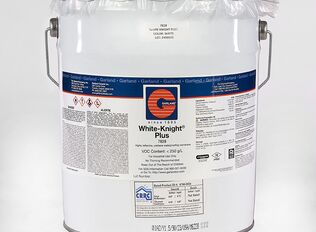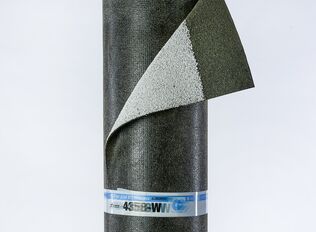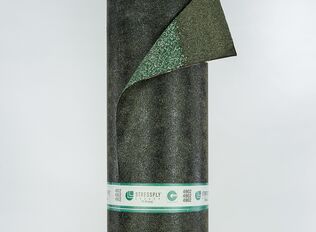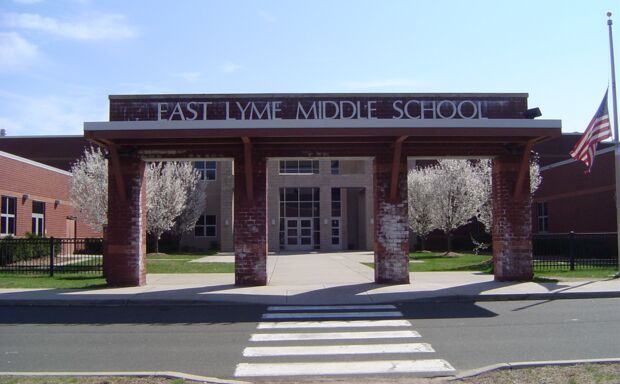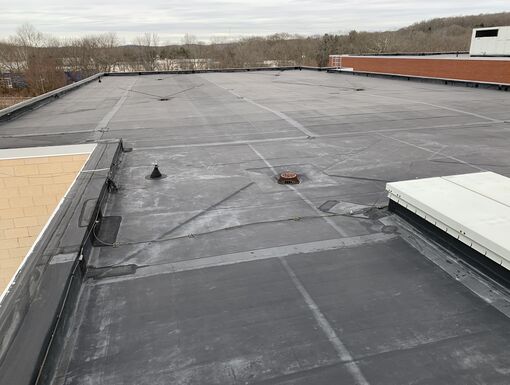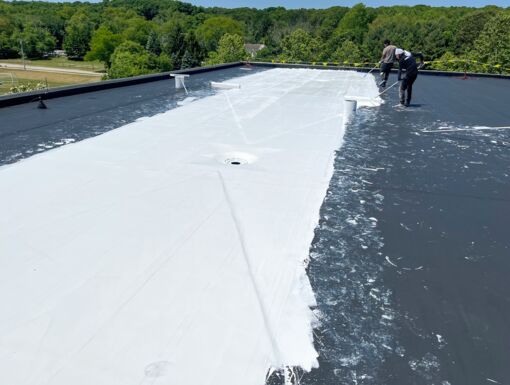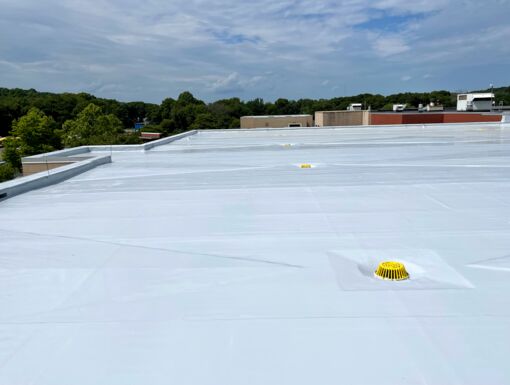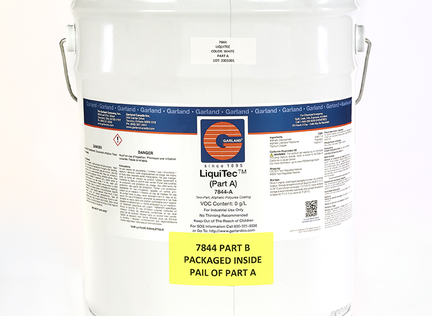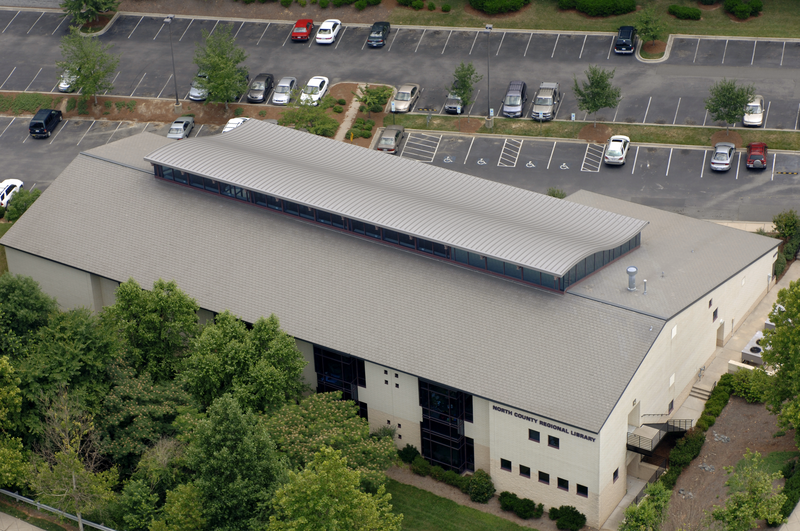Keeping 20 Tons Of Waste Out of a Landfill
Said Cogdill, “Our inspection of the roof found it to be in generally excellent condition and a good candidate for a fluid- applied restoration system. A fluid-applied system met the priorities for East Lyme School District to work in phases, and work within the District’s annual budget, all while creating a leak-free environment. This system also delivered additional sustainability benefits that are great for all of the District’s constituencies.”
Specifically, the Garland LiquiTec system delivered a low-odor, low-VOC installation; a bright, light gray finish to reflect harmful UV rays and reduce the amount of energy needed to cool the building during warmer months as well as heat the building in the cooler months; and the diversion of an estimated 400,000 pounds of construction debris that would have gone to a landfill if East Lyme School District had been moved forward with a complete tear-off and replacement.
Choosing a fluid-applied restoration gave Lund the flexibility needed to schedule the work as well: “Jeremy helped greatly in the development of anticipated project costs and suggested project phasing based on roof conditions, building operating schedules, and anticipated material and contractor availabilities.”
